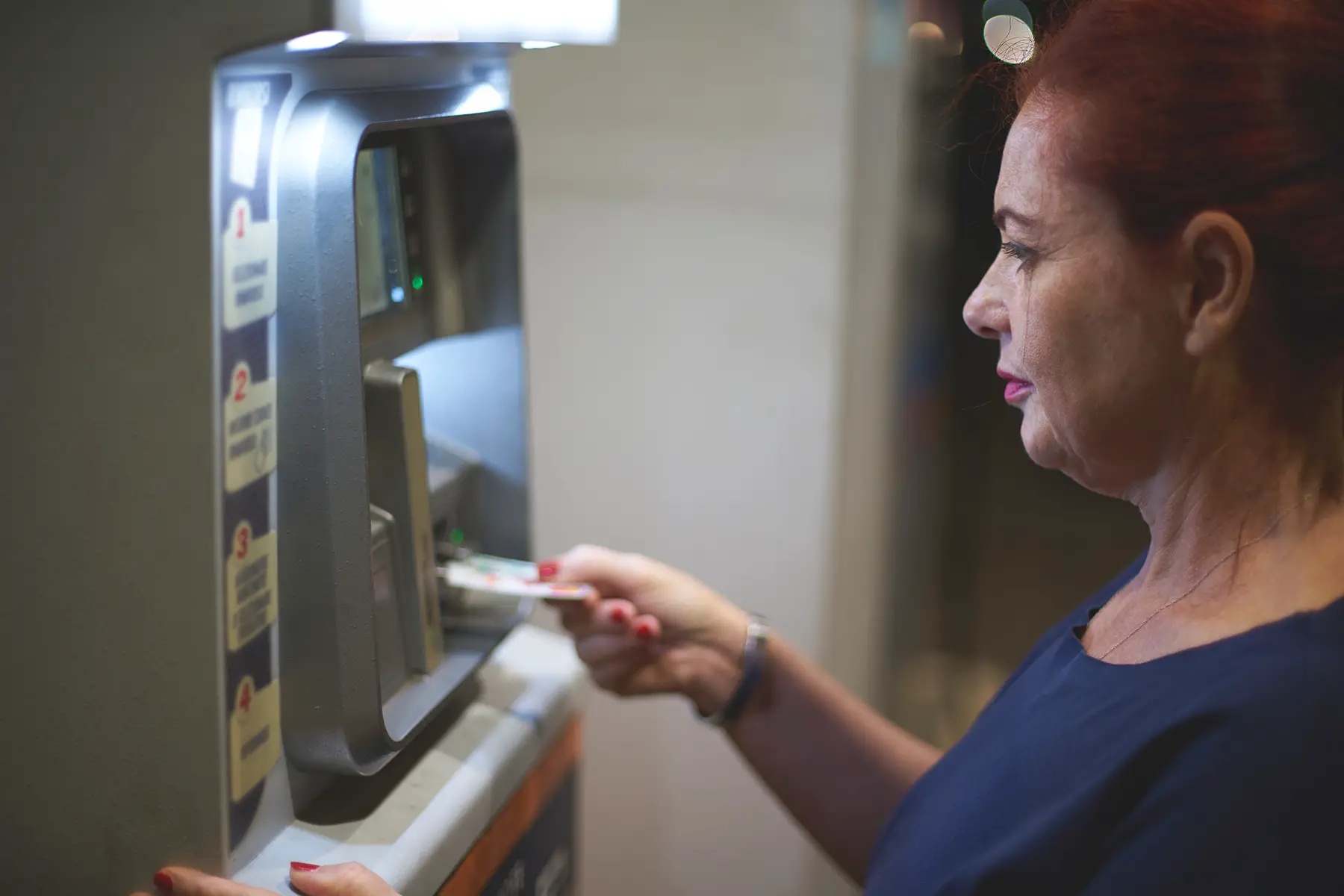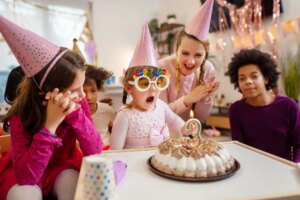Conveniently, the codice fiscale can be obtained either in Italy or from your home country, though the application rules vary depending on whether you’re an EU or non-EU citizen.
Along with sorting out your codice fiscale, you might also want to consider how you’ll manage your finances across borders during your relocation. Providers like Wise can help you manage money in multiple currencies while you’re getting established in Italy.
Read on to find out more about obtaining a codice fiscale, including information on the following:
Moving2Italy
When relocating to Italy, get expert help from Moving2Italy on taxes, work permits, and setting up a business. They also provide personalized support for immigration, social security, and residence, helping you navigate your new life abroad. For assistance with fiscal and immigration matters, contact Moving2Italy.
The codice fiscale in Italy
The most important ID number in Italy is the codice fiscale. There are a number of names for it, including tax identification number, personal identification number, and fiscal code. It’s necessary for all manner of services, such as registering for tax and providing identification for social security, healthcare, and employment.

The Italian Revenue Agency (Agenzie delle Entrate) issues the codice fiscale. Italian nationals are given a number at birth, and non-nationals moving to Italy can request one at any point. Internationals who apply for a codice fiscale receive a plastic card specifying their number within a couple of weeks of the acceptance of their application.
How the codice fiscale is calculated
The codice fiscale comprises 16 letters and numbers, which follow a fixed pattern. This means that, theoretically, you can work out your own number or use an online generator to find out what it’ll be. One word of warning – while it might be possible to calculate it, only numbers officially issued by the Italian Revenue Agency are valid. Codici fiscale use the following pattern:
- Six letters: the first three consonants from your surname, followed by the first three from your first name. If you run out of consonants, vowels are used to fill the gaps. If you don’t have enough vowels in your name, an ‘x’ is added.
- Five numbers and letters: two numbers signify the year of birth (so 1980 would be 80). These are followed by a letter indicating the birth month. Each month has its assigned letter, but these are not always predictable – for example, January is A, but October is R. The final two numbers correspond to your date of birth, with each day of the month assigned a two-digit code.
- Four letters/numbers: these signify your place of birth. Every Italian municipality and foreign country has its own four-digit code starting with ‘Z.’
- One letter: a ‘control’ value generated by the Italian Revenue Agency.
Identification cards in Italy (carta d’identita, CIE)
The codice fiscale is the most important ID number for people moving to Italy, but you should also apply for an electronic identity card (carta d’identita, CIE). The CIE acts as an identification document and allows you to access online government services. All foreign nationals registered as Italian residents and non-EU citizens with a residence permit can get an ID card. To apply, you’ll need to book an appointment with your local municipality. You’ll need to provide your codice fiscale, alongside an identity document and two passport photos, and pay a fee of €16.79. You can either have your card delivered to you or sent to your registered address within six working days.
Residence permit in Italy (permesso di soggiorno)
If you’re planning on living in Italy for more than three months, you’ll also require a permesso di soggiorno, an Italian residence permit. There are many types available depending on the purpose of your stay, for example marriage, business, or study. While the codice fiscale is for day-to-day services, your residence permit shows you have legal grounds to remain in Italy.
To apply, you’ll need to visit an Italian post office and collect an application form called the ‘kit.’ You’ll be required to pay an application fee and provide documents, including your passport and proof of address. You will also need to attend a police station to have your fingerprint scanned. The Italian Immigration Portal and Interior Ministry provide full details of how to apply for a permit (websites in Italian).
What information does the Italian Revenue Agency keep about me?
Your specific 16-digit codice fiscale number is generated based on your name, and date and place of birth, and is totally unique to you. This use of your personal information means the Italian Revenue Agency and official government bodies can easily identify you when you carry out legal actions such as commencing work and paying taxes. The unique number can also be cross-referenced by other organizations, such as banks and companies.
Expath
Expath provides expert tax consultancy and accounting services for expats living and working in Italy. They help clients navigate the Italian tax system in four languages, from tax relief to understanding regimes. If you’re looking for a reliable and stress-free tax solution, contact Expath today.
Using your codice fiscale
The codice fiscale is required to carry out many activities in Italy. This includes access to vital services such as the following:
- Employment: to work in Italy, you’ll require a codice fiscale. Without it, you won’t be able to sign an employment contract or register to pay taxes.
- Social security: the codice fiscale is required as identification for social security contributions.
- Healthcare: you won’t be able to get a healthcare card (tessera sanitaria, SSN) without a codice fiscale, as your healthcare documents include your tax number. You can, however, access emergency care at public hospitals in Italy without a number.

The codice fiscale is also required for many day-to-day activities in Italy, so you should keep it with you at all times. You can use it for the following:
- Opening an Italian bank account
- Applying for a mortgage or renting a property
- Inheriting assets
- Signing up for utilities
- Taking out insurance
- Buying tobacco
While it might theoretically be possible to live in Italy without a codice fiscale, in practice it isn’t really an option, as you won’t be able to earn any money, open a bank account or obtain healthcare without it.
Banking and Financial Services
One of the first things you’ll need to do after getting your codice fiscale is to open a bank account in Italy. The codice fiscale is required by all Italian banks during the account opening process.
While setting up a local bank account is important, you might also want a flexible way to manage money between your home country and Italy during your transition.
Wise multi-currency account lets you hold, exchange, and manage money in euros and 40+ currencies, which can be particularly useful during your relocation period. With a Wise account, you can receive funds in multiple currencies (including euros, with local account details) and convert at the mid-market exchange rate for a small, transparent fee.
When sending money from your home country to your new Italian bank account, services like Wise can offer fast transfers and mid-market exchange rates, helping you save on fees when moving larger sums for rental deposits, property purchases, or other relocation expenses.
Who needs a codice fiscale?
Technically, a codice fiscale is required by anyone planning to stay in Italy for longer than three months. In practice, anyone who lives in Italy for a meaningful amount of time will need one. This includes students moving to the country to study and children relocating with their parents.
How to apply for a codice fiscale
You can obtain a codice fiscale either in Italy or your home country. If you wish to apply from outside Italy, you can do so at your country’s Italian embassy. However, if you’ve already arrived in Italy, the application rules vary depending on whether you’re an EU or non-EU citizen.
One crucial thing to be aware of is that applying for a codice fiscale is free. However, there are some companies in Italy who’ll charge you a fee to carry out the process on your behalf.
EU citizens
EU citizens can apply at any Italian Revenue Agency office. You’ll need to fill out an application form, available at the tax office. You may require the assistance of a translator if you don’t speak Italian. Before your application can be processed, you’ll need to show a valid form of identification, such as your passport or ID card.
Non-EU citizens
Non-EU citizens planning to work in Italy must apply at their local municipality’s immigration desk (Sportello Unico per l’Immigrazione). Those who also require a residence permit should apply for their tax number at an Italian Police headquarters.

A completed application form and some identification will be required. Valid forms of ID include passports, ID cards issued by an Italian municipality, and residence permits. Ultimately, non-EU citizens need to show evidence that they have the right to stay in Italy before they can receive a codice fiscale.
When do you get your ID number?
When applying in person, you’ll be given your codice fiscale immediately, in the form of a letter. You’ll receive your plastic card in the post a couple of weeks later. Once you’ve successfully obtained your number, you can apply for a health insurance card.
If your codice fiscale card contains the wrong details, you’ll need to attend your local tax office with a form of identification and request a new one. If you lose your card, you can apply for a replacement online (in Italian).
What documents do I need to apply for a codice fiscale?
You’ll need to bring a valid form of identification, such as your passport or national ID card. Non-EU citizens will also need to show their visa or residence permit. The application form is available at Italian Revenue Agency offices or Italian embassies and consulates abroad.
Can I calculate my codice fiscale before applying?
While online calculators can generate what your codice fiscale might be based on your personal information, only numbers officially issued by the Italian Revenue Agency are valid. The generated number can give you an idea of what to expect, but you’ll still need to apply officially.
How long does it take to receive a codice fiscale?
When applying in person, you’ll typically receive your codice fiscale immediately in paper form. The plastic card will arrive by mail within a few weeks after your application is processed.
Business ID numbers in Italy
When setting up a business in Italy, you’ll need to apply to the Italian Business Register, which is part of the Chamber of Commerce (Camera di Commercio). This will allow you to obtain a company codice fiscale. Rather than being based on a specific pattern, the corporate version of the codice fiscale is a randomized series of numbers and letters.
The number will be included on the Company Registration Report, which contains a variety of legal and tax information. It’s also mandatory to register for a VAT number when setting up a business in Italy. For advice and help handling VAT registration in Italy, it’s worth reaching out to an expert tax consultant like Expath.
Taxes for freelancers are slightly different. If you’re working as a sole trader or freelancer, you’ll usually pay tax on your profits rather than corporate tax. If this is the case, your personal codice fiscale will be used. Depending on the nature of the self-employed work, some sole traders must register with the Chamber of Commerce and obtain a VAT number.
For entrepreneurs and freelancers doing business internationally, managing payments in multiple currencies can be challenging. Wise Business accounts offers cost-effective solutions for receiving payments from international clients, paying suppliers abroad, and managing business expenses in multiple currencies with transparent fees and the mid-market exchange rate.
🚀 Learn more about Wise Business Account.
Useful resources
- Italian Revenue Agency – how to get a codice fiscale
- Request a replacement codice fiscale
- Online tax code generator








